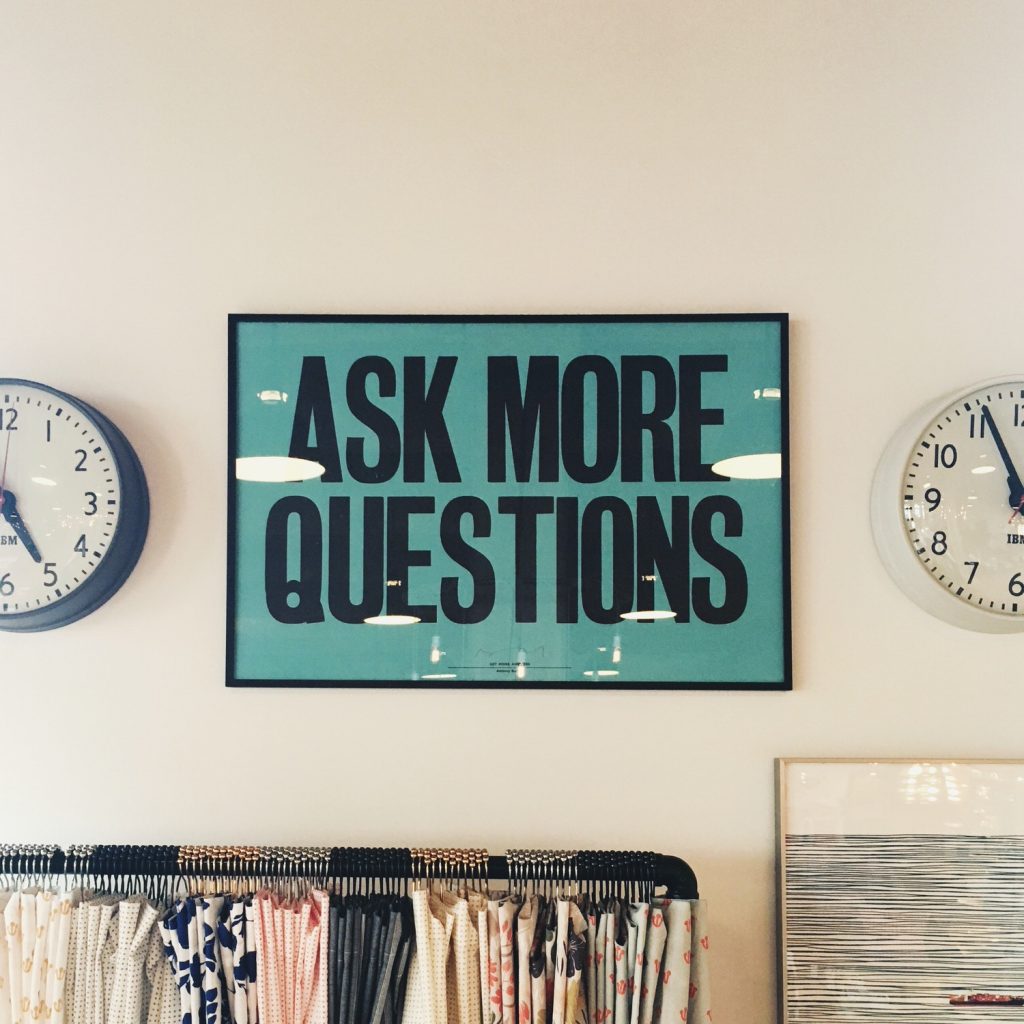Tips for finding what’s missing in your photography
Matthew James Oxlade
It’s not easy knowing what we as photographers are missing when we are so invested in our work. Chandler Bondurant asked me what’s missing in his photos on Twitter. We chatted about the problems photographers have identifying what is missing from photos and specifically what tips I had for identifying why he felt something was missing from his work.
The problem was, I felt that nothing was missing. So why did Bondurant feel something was missing? Let’s share some tips for thinking differently about your work when you feel something is a little ‘off’.
Quantity or quality?
One of the more commonly known tips is to balance quality and quantity of your images. It’s easy to share so many images when there are so many platforms for displaying your work and constantly being connected to cyberspace continues to tempt you to share the next image. One rule I have as a photographer is that photography is about sharing your work. For each image I share in my communities, I chat to another five photographers about their work before posting something new myself. This will help you network and force you to think about what your best work is before sharing it online and hoping for the best.
Once you have your network created, frequent exposure will come organically. If one of your images becomes super popular on 500px or similar, you can always return to photos from that shoot and post some more. But you might even consider pursuing that as project rather than posting them online and moving on.

Milk the photos’ content
It’s easy to post an image and forget it. That’s going to lead you to wanting to post another image far too soon and end up with the problem mentioned earlier. Consider what the photo means. Why did you take it? Who did you think might be interested in viewing it? When and where did you take it? Answering these questions will help you identify new ways of presenting your image.
For example, when I photographed the rally during the shark culling in Western Australia, I identified various blogs and forums that were based in Australia and/or passionate about animal welfare. I spent time on each blog and discussion forum to chat with people on there about existing conversations or content before posting my photos, did a little more conversation and then moved onto the next online community that might have had an interest in the newsworthiness of the rally. Engaging with new communities and milking the content in different ways will help limit how much content you share, while building stronger relationships with your audience.
Context is important
Once you’ve taken the photo, you should spend some time taking in the environment because you may thank yourself later. Some of the most powerful images only have that level of impact due to the context that sits alongside the image.
When I spoke with Bondurant about what meaningful context could be when relating to his photography, I suggested noting down elements of the surroundings that are not visual. Temperature, sound, urgency – they’re all important in placing your viewer deeper into the moment you’ve captured with your camera. I believe context needs to be short and sweet. Avoid giving any unnecessary details so that your image doesn’t become misinterpreted. Remember, your image is what people came to see – so make it the star.
???
They are three tips I ran through with Bondurant. We spoke about a lot of other ideas but this article is more my opinion than anyone else’s view. So, what is your view? What do you think is important to consider when looking at your images and identifying what’s ‘missing’? I’d love to hear some in the comments below!
If you’re looking for more tips, check out these five photography tips for beginners.